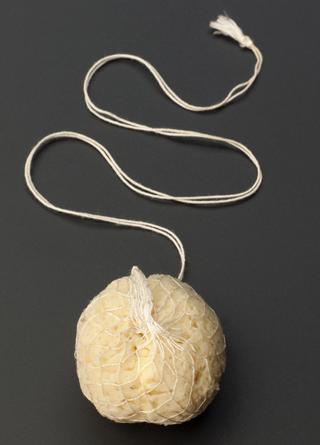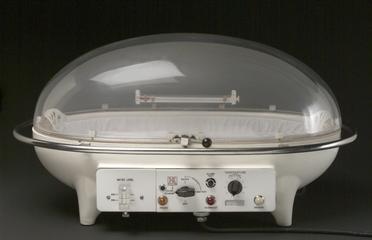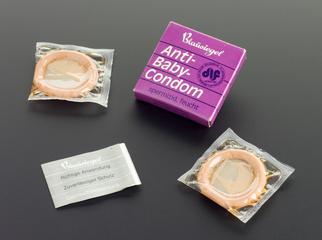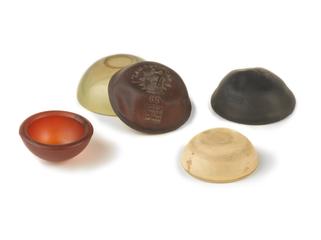








Copy of obstetric forceps, invented and used by Chamberlen
The blades of these innovative obstetric forceps cross like scissors. They are separated so they can be inserted one at a time. They are then rejoined with a rivet or a thong.
Obstetric forceps grip the baby’s head during childbirth. The modern use of such forceps lies with those designed and used by the Chamberlen family from the late 1600s. The Chamberlens were successful men-midwives. However, they kept the design of their instruments secret for well over a century.
Details
- Category:
- Obstetrics, Gynaecology & Contraception
- Collection:
- Sir Henry Wellcome's Museum Collection
- Object Number:
- A600050
- Materials:
- steel
- Measurements:
-
overall (as displayed in Journeys): 50 mm x 280 mm x 120 mm, .22 kg
- type:
- obstetrical forceps
- credit:
- Loan, Wellcome Trust



